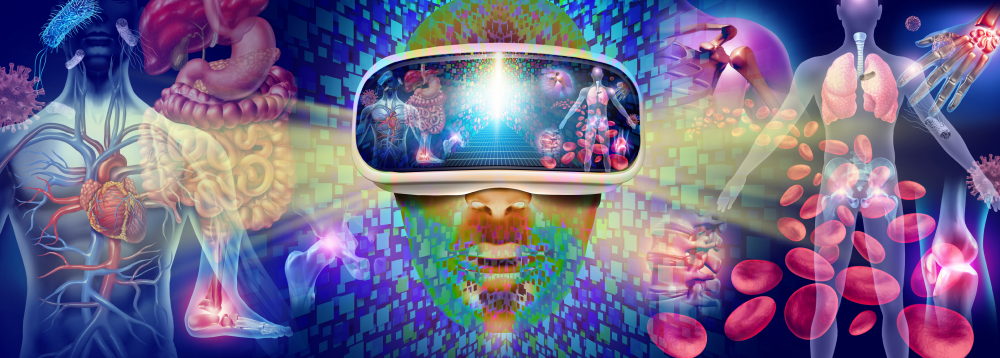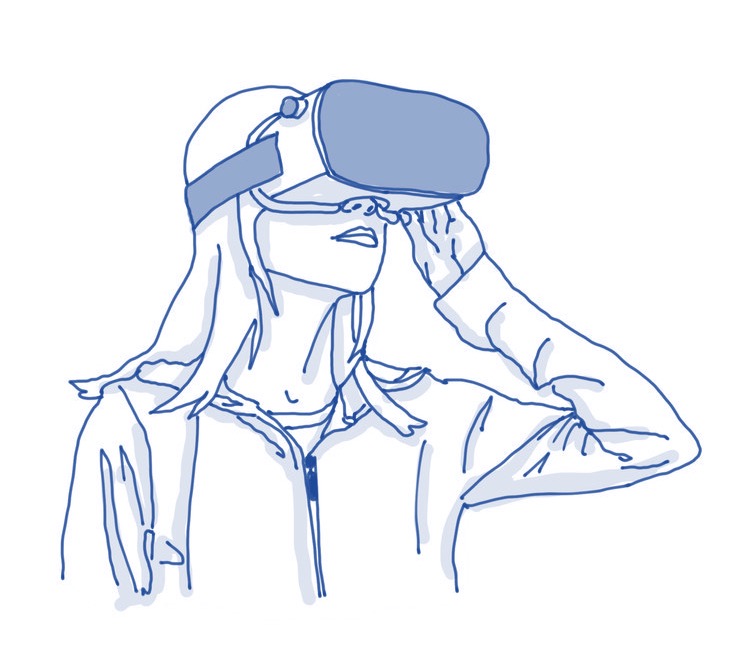Explore how virtual reality improves senior care by facilitating better training, scalability, and patient wellbeing.
Virtual reality (VR) is transforming the world of healthcare. From practising complex procedures without risk to exploring new methods of treating patients, its applications are extensive and game changing. Senior care isn’t missing out, either, with new VR technology beginning to hit the mainstream amongst elderly care providers.
To learn more about what exactly VR in aged care looks like, we’ve explored some of the ways it’s already improving training, safety, and the wellbeing of senior patients.
Improve communication and empathy
Both communication and empathy are crucial in aged care settings, and VR can be utilised to improve both.
Research shows that VR training increases the emotional empathy of users. In aged care, it has clear applications for helping carers understand scenarios from the patient’s point of view. Care providers can use this to encourage compassion and understanding amongst staff, fostering more patient-focused care.
Tim Brickle, CEO of VR healthcare training company 3D Walkabout, explains, “With VR, we can enable incredibly realistic firsthand perspectives. Users can experience what it’s like to suffer from hearing loss or limited mobility, for example, with our simulations helping them not just read about health problems but actually feel what the patient is struggling with.”
This insight gives carers a deeper understanding of what their patients need from them. It could also help develop better solutions to health problems, encouraging innovation in aged care to improve patient outcomes.
Simulate stressful scenarios
Through VR training, carers can walk through different procedures and scenarios in a risk-free environment. From dealing with falls and accidents to administering IV drips, they become accustomed to common tasks through hands-on experience.
This goes far beyond the teaching of textbooks. Their training becomes hyper-realistic and practical, walking them through high-pressure situations countless times until they’re ready for the real thing. It’s likely to help them stay calmer, respond quicker, and reduce errors for a higher quality of patient care.
Upskill staff quickly to prevent shortages
Over the next few years, Australia’s expected to struggle with a shortage of around 110,000 aged care workers, drastically reducing the wellbeing of both patients and carers. VR is already being touted as a potential solution to mitigate these negative impacts.
Virtual reality for senior care allows providers to train new staff rapidly, without relying on in-person trainers or real-world resources. Simulations can cover everything from daily care routines to emergency scenarios, enabling workers to gain critical skills in a fraction of the time.
Alongside onboarding new carers, this can be utilised to quickly upskill existing team members to take on new roles. While not necessarily a long-term solution for widespread shortages, it’ll certainly help in the interim.
Enable scalable training methods
As the ageing population increases, many care providers will need to expand their capacity. In some cases, they’ll have to take on new staff and change premises quickly, and they’ll need processes (including training protocols) that can scale at speed.
VR makes this simpler. With standardised programs, new employees can undergo thorough training autonomously. There’s less need for mentors and professional leadership, and tests during simulations can be used to assess abilities. It can all be done remotely, too, cutting travel and premises costs for care providers.
The outcome? Aged care settings can maintain consistency across multiple locations, reduce pressure on senior staff, and onboard larger numbers of employees without the need for huge investments. It’s a future-proof solution for a sector that urgently needs flexible ways to grow.
Provide better care for patients
Alongside training, VR has the potential to provide care directly to patients. From dementia treatment to surgical procedures, using a headset to transport seniors to pleasant, calming environments could be transformative in terms of wellbeing.
VR for older adults has already been shown to reduce perceptions of pain and help with anxiety, and could even speed up healing in certain applications.
By keeping patients calm during stressful scenarios, there’s less need for staff input. Carers can focus instead on monitoring medication use and cleaning equipment, for example, to create a safer, more efficient care environment.
Final thoughts
There’s no doubt that VR is transformative for the aged care industry. From simulating scenarios that improve employee empathy to providing quick, scalable training programs, its benefits are wide-reaching.
Want to keep up with what happens next? Watch this space for the future of VR in aged care.
Quelle:






